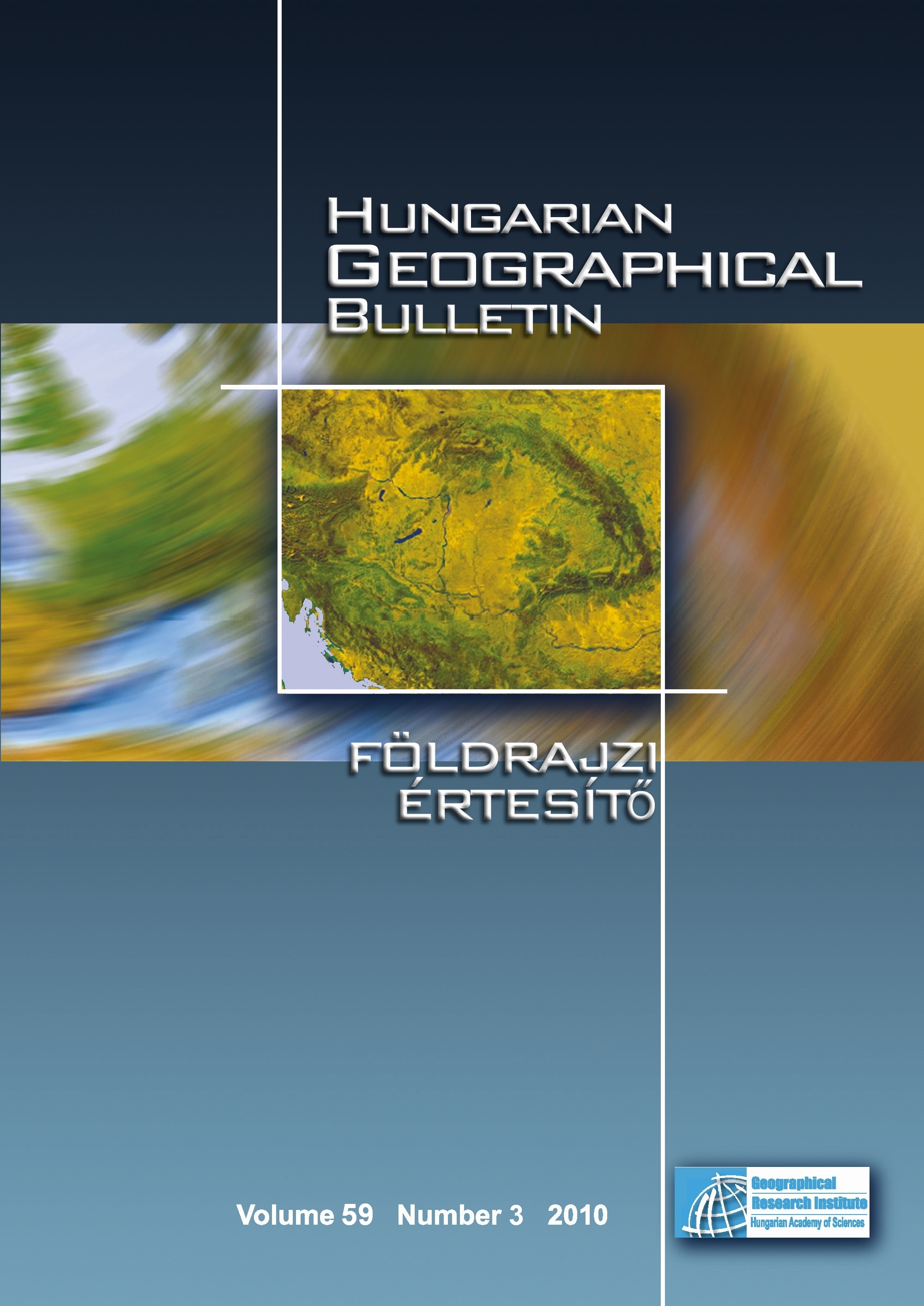Studies on paleoenvironmental change using a method of sedimentological assessment
Abstract
There are only few loess exposures in Hungary where red clays and very ancient „pink” loesses can be studied not only in deep boreholes but where they are found in uplifted position subsurface. Szulimán section studied in detail belongs to them. The same method was applied for the investigations of similar sequences in elevated position at Hévízgyörk. In this way Quaternary deposits in different regions of the country can be parallelized.
The investigations were aimed at disclosing changes in paleogeographic conditions during Pleistocene in the environs of the studied exposures with the involvement of new analytical methods of Quaternary sedimentology. An important requirement was that a rapid and exact information be obtained directly from the stratigraphic diagrams and the summary tables containing the parameter values for the individual layers.
Our primary aim was to present diagrams and tables with information for the reader about the layers to be found at different depths.
Copyright (c) 2010 Ferenc Schweitzer, Éva Kis, Anikó Kovács

This work is licensed under a Creative Commons Attribution-NonCommercial-NoDerivatives 4.0 International License.






